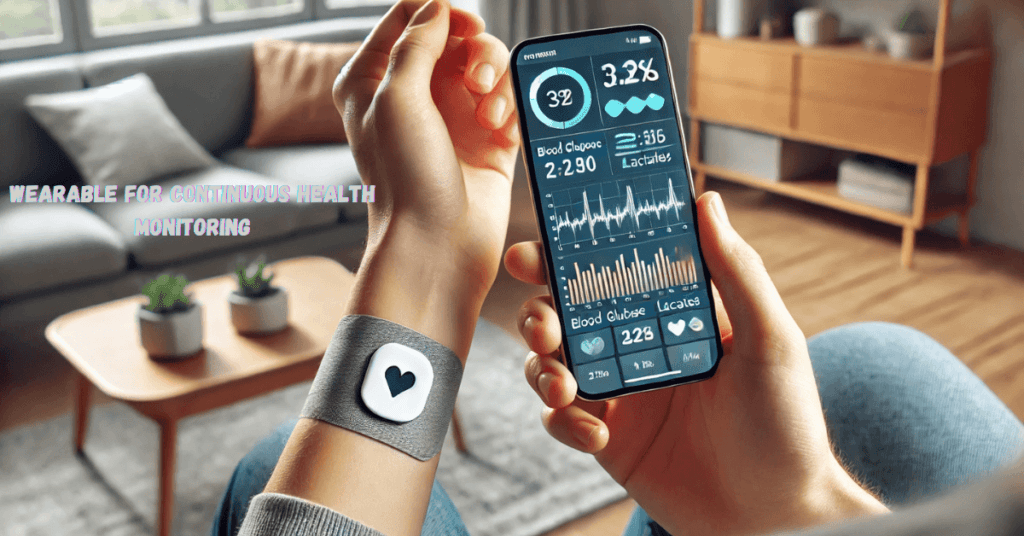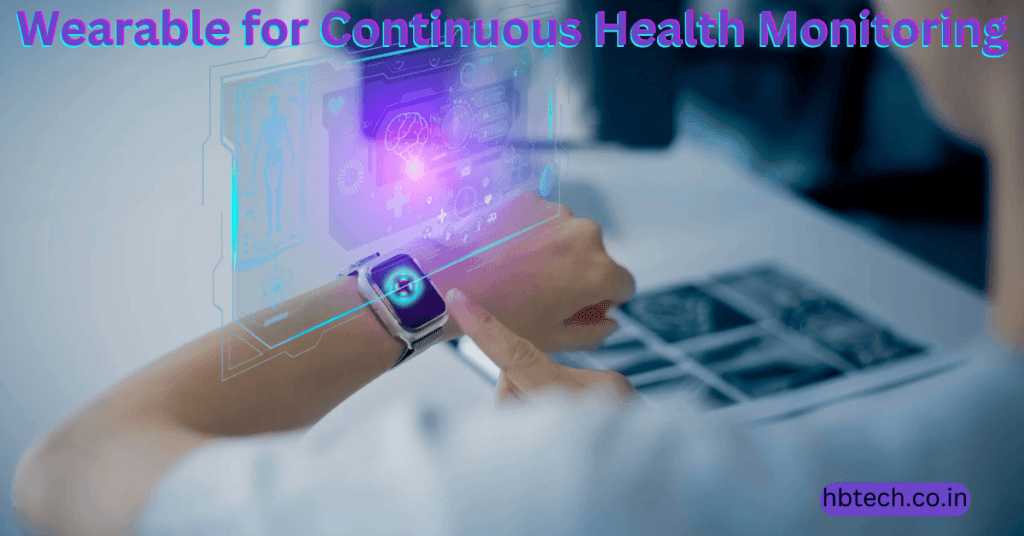Wearable technology has completely changed how we keep track of our health. Thanks to advancements in sensors and data analysis, health-monitoring wearables are now more common, affordable and reliable. Here’s a straightforward look at how these devices work and why they matter.

Wearable Biosensors for Continuous Health Monitoring
Wearable biosensors are the key to modern health-monitoring devices. These sensors gather real-time information about your body, such as heart rate, oxygen levels, skin temperature and more. Smartwatches, fitness trackers and even smart clothing use these sensors to give you accurate and ongoing health insights.
For example, some smartwatches include electrocardiogram (ECG) sensors to monitor heart health, while wearable patches track blood sugar levels for people with diabetes. By using this data, wearable biosensors help you take control of your health.
Types of Health Monitoring Devices
There are many kinds of health-monitoring wearables, each serving different purposes:
- Smartwatches : Devices like the Apple Watch or Fitbit can track heart rate, sleep and daily activity.
- Fitness Trackers : Lightweight and simple, these track steps, calories and basic health metrics.
- Wearable Patches : These stick-on devices monitor things like glucose levels or hydration.
- Smart Clothing : Clothing with built-in sensors that can track posture, muscle activity or advanced metrics.
- Self-Charging Wearables : Newer wearables can charge themselves using body heat, movement or sunlight, making them more convenient.
How Wearable Health Monitoring Systems Work
A wearable health monitoring system isn’t just about the device it’s part of a larger system. This includes:
- Sensors : that collect health data.
- Mobile Apps : that show this data in an easy-to-understand way.
- Cloud Platforms : that store and process your health trends over time.
- AI Technology : that spots patterns and gives personalized health advice.
These systems work together to give you a complete picture of your health and help you make better decisions.
Popular Wearable Health Monitors
Here are some well-known examples of wearable health monitors:
- Apple Watch Series 9 : Tracks heart health, blood oxygen and fitness.
- Fitbit Sense : Measures stress, skin temperature and heart rate.
- WHOOP Strap : Focuses on recovery, strain and sleep performance.
- Garmin Venu 2 : Known for accurate activity and heart rate tracking.
- FreeStyle Libre : A patch for continuous glucose monitoring for diabetics.
What Is the Best Smartwatch for Health Monitoring?
The best smartwatch depends on your needs. For example:
- Apple Watch Series 9 : Great for heart monitoring and general health tracking.
- Garmin Venu 2 : Perfect for fitness enthusiasts who want detailed activity tracking.
- Fitbit Sense : Ideal if you’re focused on stress management and overall wellness.
Everyday Uses of Health Monitoring Wearables
These devices aren’t just for fitness enthusiasts they’re useful in many areas, such as:
- Managing Chronic Conditions : For diabetes, heart problems or respiratory issues.
- Tracking Fitness Goals : Monitoring exercise, sleep and daily activity.
- Supporting Elderly Care : Alerting caregivers to falls or irregular heart rhythms.
- Remote Health Monitoring : Allowing doctors to check your health from afar.
Future of Wearable Health Technology
Wearable health technology keeps getting better. Self-charging wearables, smarter AI and easier connections to telemedicine are just a few advancements on the horizon. These improvements will make health monitoring even more accurate and user-friendly.
Whether you want to stay active or manage a chronic condition, health-monitoring wearables are powerful tools to help you live healthier every day.
Frequently Asked Questions(FAQs)
What are wearable biosensors and how do they work?
Wearable biosensors are tiny devices integrated into wearables like smartwatches or patches. They monitor physiological metrics such as heart rate, oxygen levels, and glucose levels in real-time.
What types of wearable devices can monitor health?
Common types include smartwatches, fitness trackers, wearable patches, and even smart clothing. Each serves different purposes, like tracking fitness, managing chronic conditions, or monitoring vital signs.
Which wearable is best for health monitoring?
The ideal device depends on your goals. For general health tracking, the Apple Watch Series 9 is great. Fitness-focused users might prefer Garmin Venu 2, while those managing stress may find Fitbit Sense helpful.
What is the future of wearable health technology?
Innovations like self-charging wearables, advanced AI-driven analytics, and seamless telemedicine integration are shaping the future, making wearables smarter and more user-friendly.
Related Posts
- World Wide Technology: A Leader in Technology Solutions
- World of Monster Hunter: Games, Movies, and What’s Next
- Work-Life Balance: Simple Tips for a Happier, Healthier Life
- WhatsApp Banking : How to Check Bank Balance Through WhatsApp
- What’s app Privacy Policy : What’s App got angry || See what What’s App said…
- What Is Convergint Technologies? Everything You Need to Know









